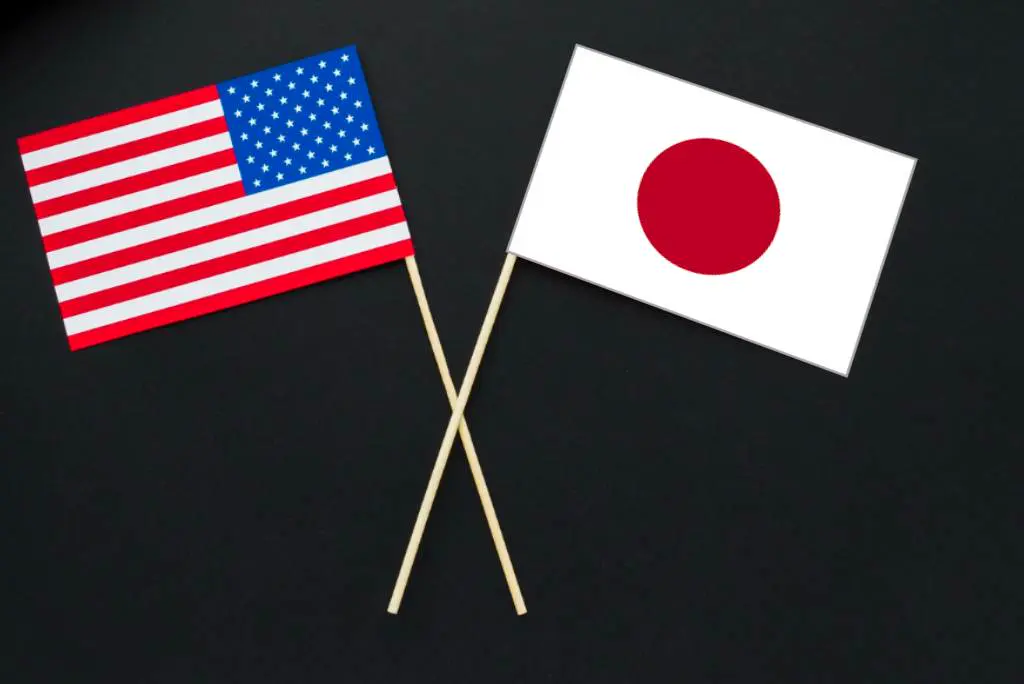The US Federal Reserve, Bank of Japan, and European Central Bank will reveal their crucial interest rate decisions this week. These central banks might be approaching a significant turning point in their monetary policy direction.
Diverse situations of Major Central Banks
All the central banks are going through different monetary situations.
The Fed faces a distinct challenge as it halted its series of interest rate hikes last month. The central bank paused to assess inflation’s direction before concluding its policy meeting on Wednesday.
Meanwhile, in June, the ECB increased its primary interest rate by 25 basis points to 3.5%, continuing the series of hikes that started in July 2022 while the Fed had paused.
And while the other central banks debate the end of monetary tightening, Japan’s central bank ponders when it will become the last to tighten.
Strategist’s Analysis
Goldman Sachs strategist Michael Cahill described this week as potentially significant and momentous.
G10 FX strategist Michael Cahill anticipates the Fed’s final hike in an exceptional cycle.
The ECB is likely to signal nearing the end of its negative rate cycle, a significant achievement. The Bank of Japan might surpass the other central banks by initiating its course of action as they reach their conclusions.
Cahill views the central banks’ upcoming interest rate decisions as momentous for the monetary policy trajectories.
The Federal Reserve
In June, consumer price inflation in the US dropped to its lowest in over two years. However, the core CPI rate, excluding volatile food and energy prices, increased 4.8% YoY and 0.2% MoM.
The figures highlight the mixed inflationary trends experienced in the country.
Policymakers restated their dedication to achieving the central bank’s 2% inflation target, and recent data indicates the US economy’s resilience.
The Federal Open Market Committee is expected to make a 25 basis point rate hike on Wednesday, bringing the target fed funds rate to a range of 5.25% to 5.5%, according to the CME Group FedWatch tool.
The market has widely anticipated this imminent decision. However, recent trends in cooling inflation and the labor market suggest that this rate hike could signify the end of a prolonged 16-month period of consistent monetary policy tightening.
The shift in economic indicators has led analysts and investors to speculate that policymakers might be approaching a turning point in their approach to monetary policy.
That could prompt a reassessment of their strategies in light of the evolving economic landscape and challenges the US economy faces.
Steve Englander, head of global G10 FX research at Standard Chartered, agrees with the Fed’s stance. The focus now shifts to the guidance provided by the central bank.
Analysts expect policymakers to stay “data dependent,” But they will resist discussions of potential interest rate cuts in the near term.
If the labor market and inflation data for July and August show that wage and inflationary pressures have eased, aligning with the Fed’s target, the July rate hike would be the final one.
The FOMC will maintain a firm monetary policy stance to support the ongoing decline in demand and, consequently, inflation.
The ECB
In the euro zone, there have been recent downside inflation surprises. June’s consumer price inflation reached 5.5%, the lowest since January 2022, while core inflation remained at 5.4%. That is slightly higher than the previous month, surpassing the central bank’s 2% target.
Refinitiv data shows the market expects a 25 basis point hike from the ECB on Thursday. Key central bank figures have maintained a hawkish stance similar to their trans-Atlantic counterparts.
Last month, ECB Chief Economist Philip Lane cautioned against anticipating interest rate cuts in the next two years. The likelihood of a rate hike and the central bank’s firm tone indicates a proactive approach.
During its previous meeting, the Governing Council stated its forthcoming decisions. They would aim to raise ECB interest rates adequately to achieve a prompt return of inflation to the 2% target in the medium term. Additionally, these rates would be maintained at those levels for as long as needed.
BNP Paribas’ Economist Paul Hollingsworth expects a quarter-point ECB rate hike to be certain, but attention will shift to indications about future policy.
He emphasized that Lagarde may avoid pre-committing to a September hike, and traders will read between the lines for bias towards tightening neutrality.
Lagarde could also mention following a “Fed-style skip” approach, leaving room for potential hikes in subsequent meetings. Implicit bias suggests further tightening with flexibility.
Bank of Japan
The Bank of Japan maintained its -0.1% short-term interest rate target in June. The negative rates were introduced in 2016 to combat “stagflation” and spur economic growth.
The central bank kept the yield curve control (YCC) policy unchanged. Japan’s first-quarter growth was revised to a higher 2.7% last month. Inflation has remained above the BOJ’s 2% target for 15 consecutive months, reaching 3.3% YoY in June.
Some speculate the BOJ might need to reverse its ultra-loose monetary policy. However, the market expects no rate revisions or YCC in the upcoming announcement.
Yield curve control is a temporary measure by central banks. It targets a longer-term interest rate through buying or selling government bonds.
Japan’s YCC policy targets -0.1% short-term interest rates and 10-year government bond yields. The aim is to maintain a 2% inflation target.
Barclays highlighted Japan’s negative output gap in Q1, coupled with negative real wage growth and an uncertain inflation outlook. The bank’s economists anticipate a move away from YCC in October, with this week’s vote split being significant.
